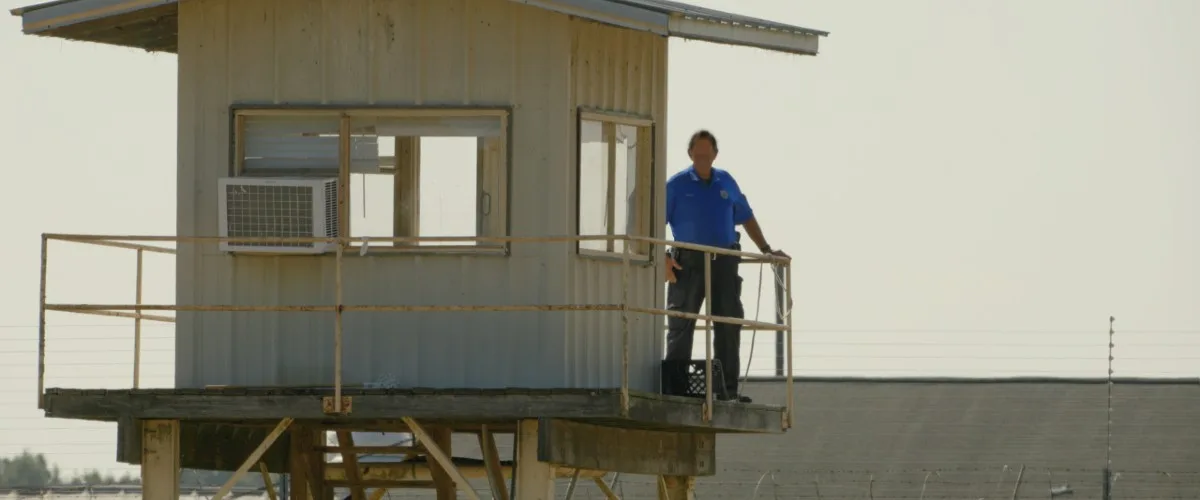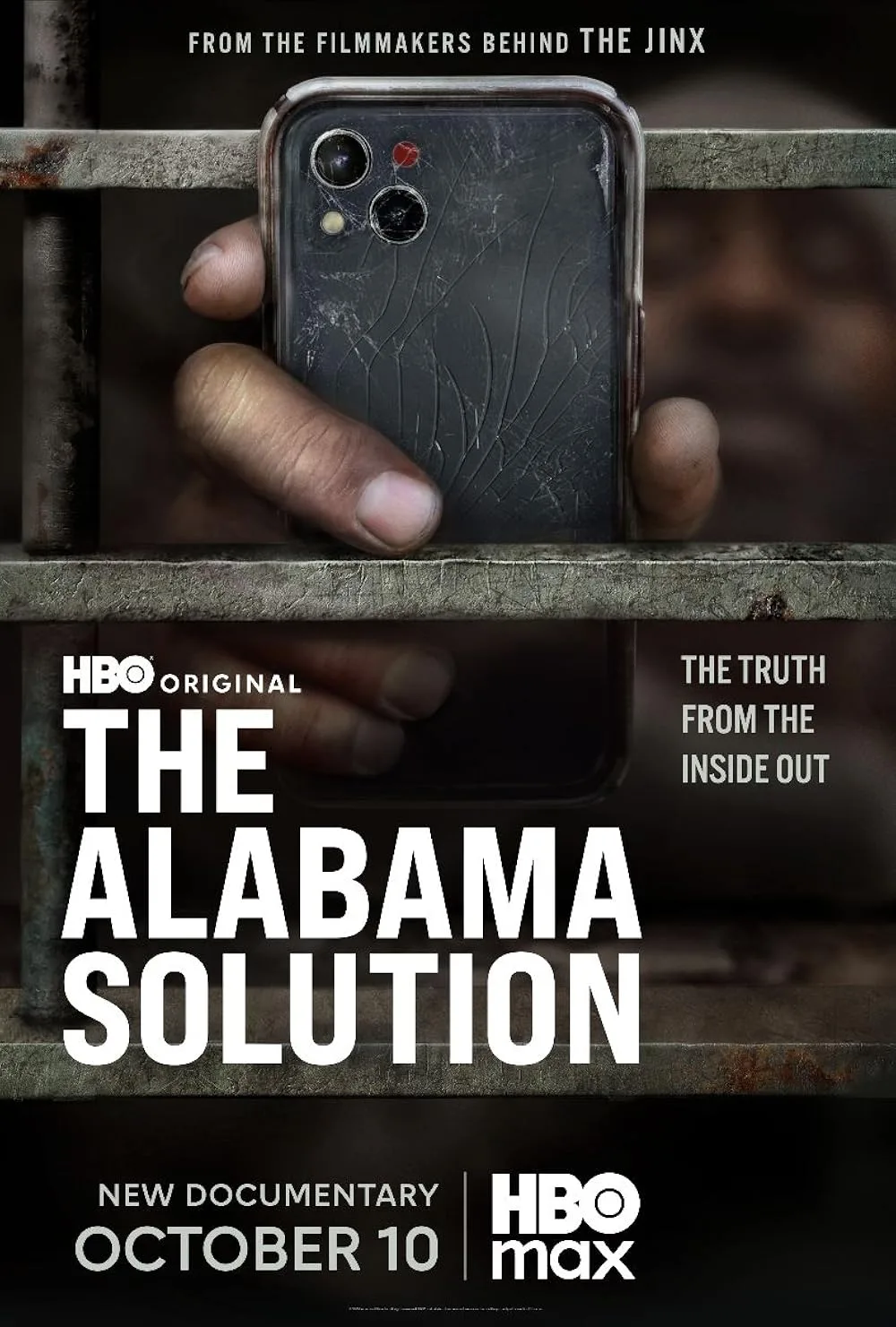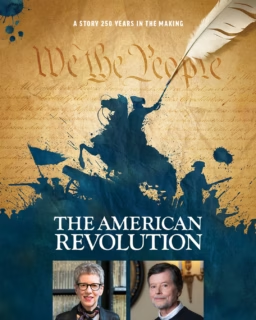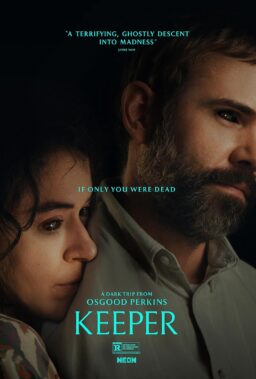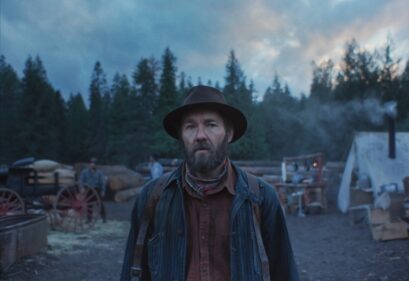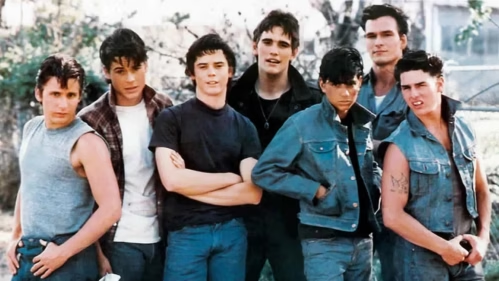It’s hard to watch “The Alabama Solution,” the new documentary from directors Andrew Jarecki and Charlotte Kaufman, without bristling with anger.
Filmed over five years, the film is composed mainly of cell phone footage taken by prisoners at the Easterling Correctional Facility in Southeast Alabama. Their videos shed light on the barbaric conditions in the prisons and the abuse doled out to inmates by the prison guards, who act without fear of repercussion.
If you’ve paid any attention to the inequalities of the criminal legal system in the United States, learning what goes on behind these walls isn’t shocking. But rarely has someone documented this malice so intimately. If it had merely served as a vessel for the inmates’ firsthand accounts, the film would have been transgressive enough. But “The Alabama Solution” moves beyond presentation into a work of advocacy and a celebration of resilience. This is a project for and by those who have experienced inhumanity firsthand yet refuse to have their voices snuffed out by a corrupt institution.
Jarecki’s and Kaufman’s involvement was so casual as to feel like serendipity in retrospect. In the film’s opening scenes, the two are invited to Easterling in 2019 to record what seemed to be just a religious revival service, filled with mingling clergy and happy prisoners. But a few inmates swiftly approach Jarecki and Kaufman and reveal that this is all a carefully crafted PR stunt: those incarcerated eat far worse food in prison and within Easterling’s walls, and their every movement is scrutinized. They also tell stories about beatings, stabbings, and the overall subhuman conditions that they’re forced to live under.
We learn that a Supreme Court ruling decreed that wardens can deny access to journalists if they think their presence can “harm public safety.” All this means, though, is that lawlessness and abuses of power go unchecked, making it difficult to expose. To exacerbate matters, a statistic indicates that Alabama’s prisons operate at nearly twice their intended capacity, with only one-third of the required staff on hand to maintain the facilities.
This leads to even more oversight, although the inmates cleverly take advantage of the system’s foibles. Many of them obtain cell phones and use them to film firsthand accounts or record interviews describing what they witnessed. They then begin corresponding and sending footage to Jarecki and Kaufman, who string the footage together to create the final film.
There’s an urgency to this footage: men like Council and another individual, Melvin Ray, are literally risking their lives to film and document what they see. Editor Page Marsella edits multiple clips in rapid succession; there’s a sense that these videos, in their full form, were probably not that long, because the filming had to be done under the cloak of night without being caught by the guards. “The Alabama Solution” presents these clips in their unvarnished form.
This focus on what happens both inside and outside the prison walls makes “The Alabama Solution” transcend mere documentation; it points its crosshairs at those responsible for maintaining such systems. This intersection manifests when the documentary focuses on Steven Davis, an incarcerated person who was brutalized and murdered by prison guards, spearheaded by guard Roderick Gadson.
We follow Davis’ mother as she seeks answers for the prison’s murder of her son, but we find that there’s no recompense for her. What’s chilling is seeing footage of Gadson’s response when shown a picture of Davis’ corpse. Chillingly, Gadson’s response when shown a picture of Davis’ corpse is to dismiss the allegations nonchalantly; there’s a sense that he’s been through these motions before and that the state will always choose protecting their guards over what’s just. After all, what would Alabama have to gain from telling the truth? The doc tells us that every year, incarcerated workers spend $450 million in goods and unpaid services for the state; with this steady and lucrative cash flow, there’s little reason to stray from the course.
It’s frankly baffling to consider how such wanton terrorism can go unmitigated for so long. “The Alabama Solution” doesn’t try to end on any false sentimentality: at its conclusion, you’re left with the sinking realization that every horrific thing we see, from the actual violence within the prison to the complicity of the state government, is happening in real time.
At the same time, the film is aware not to leave viewers in a state of destabilizing despair. Wallowing leads to inaction and detachment, while righteous, incendiary laments like these should compel us to dismantle the structures of injustice. “The Alabama Solution” is defiantly the latter; there can be no peace until all are free. The film pushes back against the temptation to retreat, urging us to keep up the struggle outside the prison walls. After all, those within them haven’t stopped fighting.

